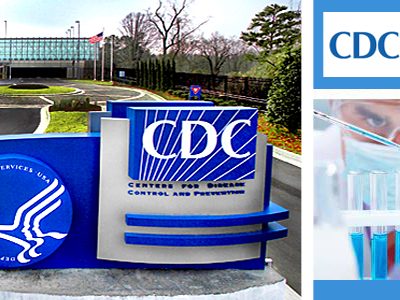The Puzzling Persistence of Takings Litigation
Litigation rates dropped by only a little even when the real estate market collapsed.
Takings litigation is a bit of a puzzle. You would expect the amount of litigation to go up and down depending on the situation in the real estate market. If there’s a lot of new construction, there are more opportunities for conflict between developers and regulators. And if prices are high, so are the economic stakes, which should make litigation more appealing for developers. But the housing bubble seems to have done only a bit to increase litigation, and the collapse of the housing market and its partial recovery are barely discernible in litigation rates.
It would be really hard to find out the actual filings of takings claims in all the trial courts cross the country. What I did instead was count citations to the Penn Central case in published opinions as a rough gauge of takings litigation. It’s a case that one side or the other (probably the government) seems likely to cite in almost any takings case, thus very likely to end up being cited by the court. Of course, appellate opinions are only a sample of all litigation, but there’s no particular reason to think the propensity to appeal cases changes markedly from year to year. If anything, you would expect the propensity to appeal to be pro-cyclical, since parties have more money in good times to pay for appeals. That would accentuate the trends that you would expect in the appellate citations for takings cases.
Here are the number of Penn Central citations in cases in the even-numbered years for the past two decades, plus 2015:
Year Citations
1996 64
1998 59
2000 52
2002 63
2004 74
2006 77
2008 85
2010 77
2012 73
2014 64
2015 72
If you figure a two or three lag between permit denials and appellate court opinion, the peak years roughly track the real estate bubble (although it’s possible that even that isn’t statistically significant). But the peak in takings cases was nowhere as big as the peak in the housing market. And takings litigation only went down by a little after the bubble collapsed and never returned to pre-bubble levels. The number of permits is still only half as much as the peak, so there should be far fewer opportunities for disputes between developers and regulators. And the likelihood of a dispute in any given case should have gone down after the housing crash. After the bubble burst, you might have expected a municipality to be very generous in encouraging developments to try to help restore its tax base and to boost employment. So you’d expect even fewer development rejections that could give rise to litigation.
Think of it this way. Suppose there was a huge surge in the number of people in hospitals and in the amount of damages you could get in a malpractice cases. Wouldn’t you expect the number of malpractice cases to shoot way up? And then if the number of people in hospitals dropped by half and the damages also went down, wouldn’t you expect a lot fewer suits? Or if there were suddenly half as many arrests and they were for less serious offenses, wouldn’t you expect citations of Miranda to drop proportionately? The puzzle is why that hasn’t happened here.
Reader Comments
5 Replies to “The Puzzling Persistence of Takings Litigation”
Comments are closed.







i thought there was a supreme court ruling that made it much more difficult for municipalities to exert imminent domain in order for other private entities to buy and further develop the property. Could that account for the less-than-expected rise in cases?
That’s an interesting thought, but I don’t believe it would be a factor here. The decision that you’re referring to involved a different branch of taking law, where Penn Central probably would not be cited.
What if there’s a lot of variation around that two to three year average? In other words, what if some takings cases produce published decisions quickly and others take a very long time? That would tend to smooth out any long-term trends, particularly if the overall sample size is small.
Dave–That certainly seems possible, and probably could be checked just by looking at some of the opinions to check on the dates of trial court opinions, oral arguments, and opinion issuance. Worth thiinking about.
Breaking News – Supreme Court stays the evil corrupt dishonest Clean Power Plan. Hurrah, another great victory for good Americans and ordinary citizens everywhere. The CPP is almost dead, thanks to the U.S. Supreme Court, good work. Reason and integrity has prevailed over lies, deceit and idiocy. This is a great victory for humanity.
http://www.reuters.com/article/us-usa-court-carbon-idUSKCN0VI2A0